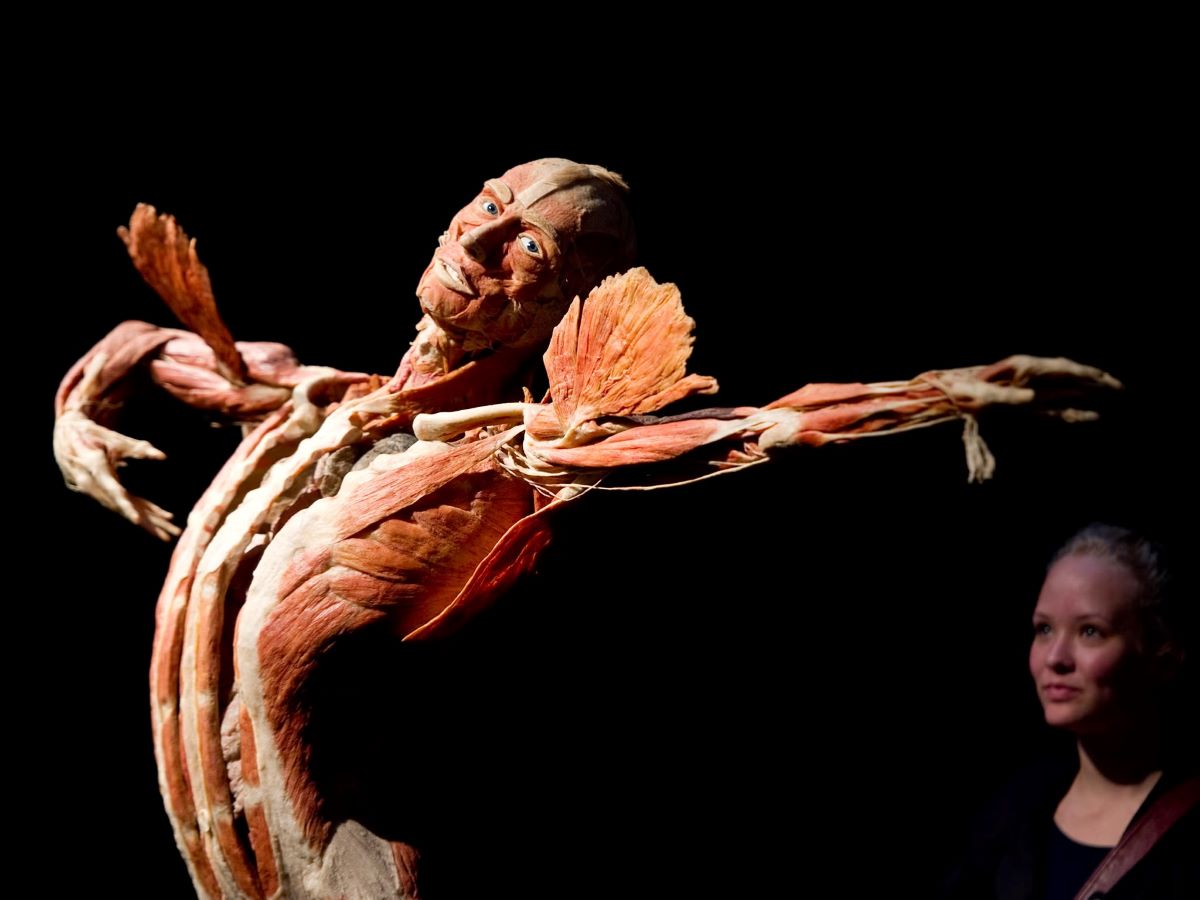
Yes, echidnas do lay eggs, making them one of the most intriguing mammals on our planet. Unlike most mammals that give birth to live young, echidnas are part of a unique group known as monotremes, which also includes the platypus. These spiny creatures have fascinated scientists and animal lovers alike with their unusual reproductive methods. In this blog post, we'll uncover 18 fascinating facts about echidnas, from their egg-laying habits to their solitary lifestyle and remarkable foraging techniques. Prepare to be amazed by the world of echidnas, where every fact is a testament to nature's diversity and adaptability. Join us as we delve into the life of one of Australia's most iconic and enigmatic animals.
Do Echidna Lay Eggs?
Echidnas, also known as spiny anteaters, are fascinating creatures. One of the most intriguing questions about them is whether they lay eggs. Let's dive into some amazing facts about these unique animals.
Egg-Laying Mammals
Echidnas belong to a rare group of mammals known as monotremes. This group is unique because they lay eggs instead of giving birth to live young.
- Monotremes: Echidnas and platypuses are the only monotremes, making them quite special in the animal kingdom.
- Egg Size: Echidna eggs are small, about the size of a grape, and have a leathery shell.
- Incubation: The mother incubates the egg in a pouch on her belly for about 10 days until it hatches.
Baby Echidnas
Once the egg hatches, the baby echidna, called a puggle, continues to develop in the mother's pouch.
- Puggle: A baby echidna is known as a puggle, and it stays in the pouch for about two months.
- Milk Patches: Echidnas don't have nipples. Instead, they secrete milk through patches of skin.
- Development: Puggles are born very underdeveloped and rely heavily on their mother's care.
Unique Features
Echidnas have several unique features that help them survive in their environment.
- Spines: Their bodies are covered in spines, which are modified hairs, providing protection from predators.
- Electroreception: Echidnas have special receptors in their snouts that help them detect electrical signals from prey.
- Tongue: They have long, sticky tongues that can extend up to 18 cm to catch ants and termites.
Habitat and Behavior
Echidnas are found in various habitats across Australia and New Guinea. Their behavior and lifestyle are adapted to these environments.
- Habitat: They can live in forests, deserts, and even urban areas.
- Burrowing: Echidnas are excellent diggers and often burrow to escape predators or extreme weather.
- Solitary: These animals are mostly solitary, coming together only during the breeding season.
Conservation Status
Understanding the conservation status of echidnas is crucial for their protection.
- Threats: Habitat destruction, climate change, and predation by introduced species are significant threats to echidnas.
- Conservation Efforts: Various conservation programs aim to protect echidna habitats and raise awareness about their plight.
- Legal Protection: In some regions, echidnas are legally protected, making it illegal to harm or capture them.
Fun Facts
Echidnas have some quirky and fun characteristics that make them even more interesting.
- Longevity: Echidnas can live up to 50 years in the wild.
- Temperature Regulation: They have a low body temperature compared to other mammals, which helps them survive in harsh conditions.
- Ancient Lineage: Echidnas have been around for millions of years, with fossils dating back to the early Cretaceous period.
A Final Peek at Echidna Mysteries
Echidnas, with their egg-laying oddity, stand out as marvels of the animal kingdom. Unlike most mammals, these spiny creatures embrace a reproductive strategy that harks back to ancient times, laying eggs in a world dominated by live births. This unique trait, shared only with the platypus, highlights the incredible diversity of life and evolution's unpredictable path. Echidnas' low metabolic rate and ability to thrive in various habitats further underscore their adaptability and the intricate balance of ecosystems. As we've journeyed through the fascinating aspects of echidna biology, from their peculiar foraging habits to their solitary nature, it's clear these creatures are more than just oddities; they're vital threads in the tapestry of biodiversity. Understanding and appreciating the quirks of such species is crucial for conservation efforts, ensuring these enigmatic animals continue to thrive for generations.
Was this page helpful?
Our commitment to delivering trustworthy and engaging content is at the heart of what we do. Each fact on our site is contributed by real users like you, bringing a wealth of diverse insights and information. To ensure the highest standards of accuracy and reliability, our dedicated editors meticulously review each submission. This process guarantees that the facts we share are not only fascinating but also credible. Trust in our commitment to quality and authenticity as you explore and learn with us.


